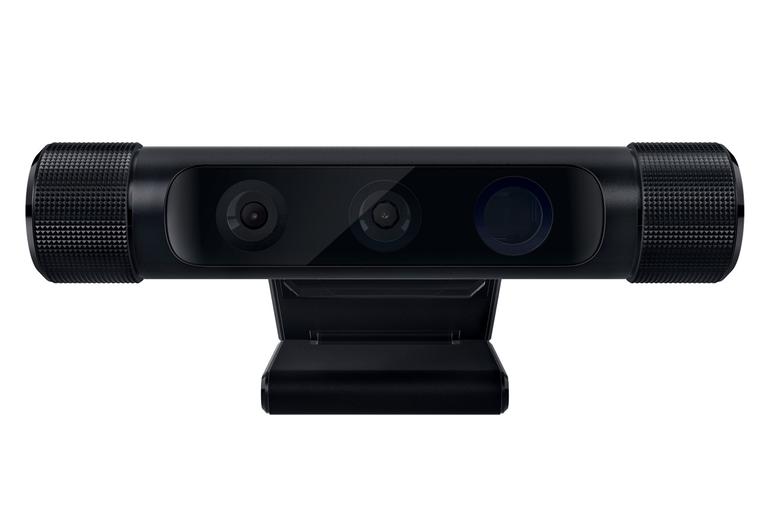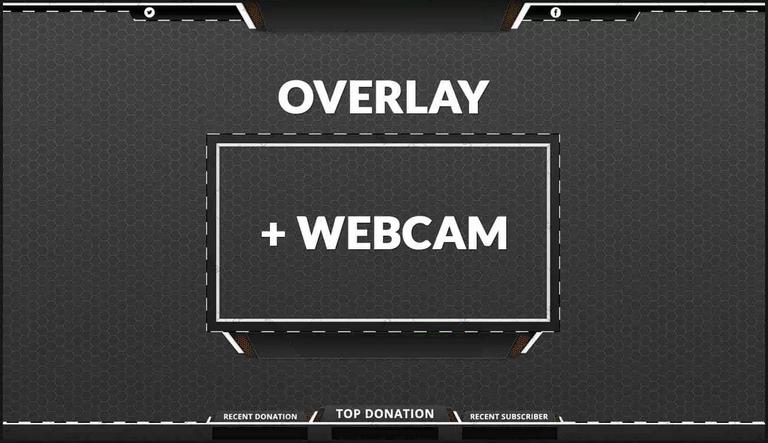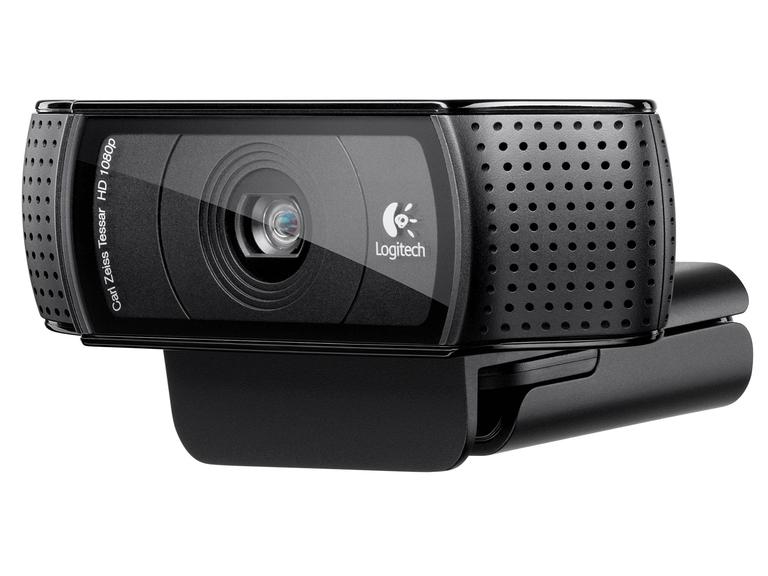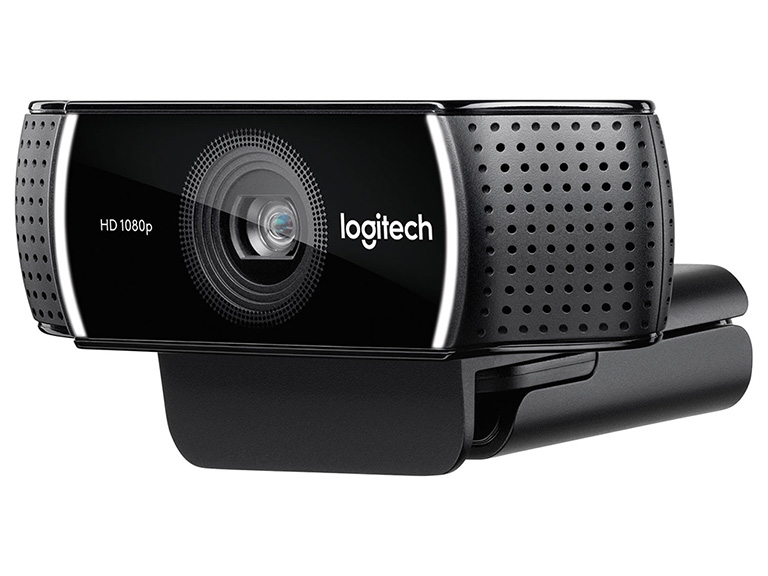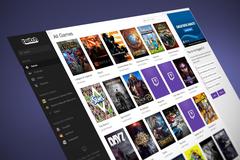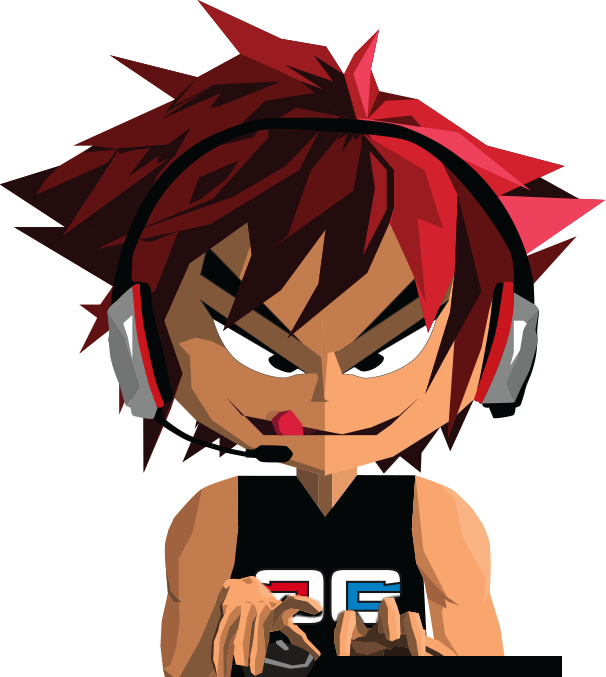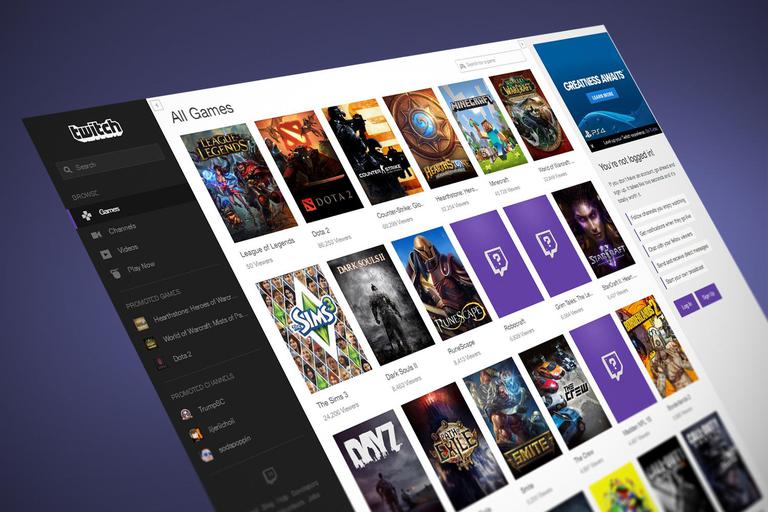
First of all, it’s not a must to have a webcam to stream gameplay on Twitch, but viewers prefer seeing the person who is playing. This tutorial will guide you through setting up your first Open Broadcaster Software (OBS) scene, complete with a game stream and a webcam video stream.
Step 1: Download Open Broadcaster Software
First, you need to have OBS. Duh.So you can download it here (Mac and Linux users should download OBS MultiPlatform while Windows users should download the latest version of OBS).
When you have OBS installed, you will need to tweak the settings. This is necessary to do only once, the first time you use OBS. Open the settings by clicking the Settings button in the lower right corner. Under General, choose your language. Also, if you like you can create a Setting Profile, but you don't have to.
Settings in OBS can be tweaked for your streaming needs.
In the Video Encoding section, under Encoding, make sure both 'Enable CBR padding' and 'Use CBR' are checked. Twitch recommends your Max Bitrate be 3300 or 80% of your upload throughput, whichever is lower. In order to find your upload throughput, you can do an upload test here. It will give you your upload speed in megabits per second. Then multiply this number by 1,000 to get your upload speed in Kb/s (kilobits per second). If the number is lower than 3,300, you can enter it in the Max Bitrate box.
In the Audio Encoding section, Twitch recommends using an AAC codec with a bitrate of 64 to 128 kbps.
Your Video Adapter, under Video, should be set to your default graphics card. In case you have multiple graphics cards, choose the one you'll be playing your game on. The Base Resolution should be the native monitor resolution ( and again - in case you have more than one monitor, choose the one you'll be playing the game on).
The Resolution Downscale can be set to downscale the resolution of your monitor to output a lower-resolution feed. Less bandwidth will be used by a lower resolution; you might want to use this feature if your Max Bitrate from the Encoding section is low. For this guide, FPS should be 30, the Filter should be Bilinear, and Aero should be enabled.
For Broadcast settings, check out Going live and for Audio settings, check out Making yourself heard.
Step 2: Create a scene
When using OBS to stream, you first need to build a "scene" of all the elements you want your viewers to see. These elements include things like your computer’s desktop, your webcam’s video feed and the game you're playing.
Creating a scene is super simple: Right-click in the box of Scenes and click Add Scene from the drop-down menu. Give your new scene a name and then click OK.
If you want to delete a scene, right-click its name and then click Remove. You can also reorder, rename, and copy scenes.
Building multiple scenes is useful if you stream different video games. For example, one video game has its user interface in the upper left corner, so you put your webcam's feed in the upper right corner, while another video game has its interface in the upper right corner.
Step 3: Add your gaming source
The first important thing to add to your scene is a gaming source. It’s the source that displays the game you're playing. In total there are three different sources you can use for that: Window Capture, Game Capture, and Monitor Capture.
In order to add to your scene a source, make sure the scene is selected, then right-click inside the Sources box. Click Add and finally choose the source type you wish to add.
Game Capture
Game Capture is the one that captures the feed from a single game. It's the only source that is able to capture games running in full-screen mode (although it can be unstable now and then).
Pick out the game you wish to capture for your Twitch stream right here.
Then add Game Capture as a source, give it a name (the name of your game should be good enough) and choose the game you want it to capture. Remember, the game must be open for OBS to see it. In case you don't see your game, make sure it's open, and then click the Refresh button. Game Capture only supports OpenGL and DirectX 8, 9, 10, 10.1, 11 games.
Window Capture
Window Capture captures the feed from a single window. For example, it could be a Web browser, a game (running in windowed mode), or any other app/program. Window Capture is more stable than Game Capture, as well as works with all games (and windows). The only difference is that it will not capture a game running in full-screen mode.
You can choose to capture a specific window as well.
Add Window Capture as a source, give it a name and choose the specific window you want to capture. You can choose to capture only the entire window (including the title bar) or the inner window. In addition, you can choose whether or not you want mouse movement to be captured. For this guide, don't worry about the other settings.
Monitor Capture
Monitor Capture is the one that captures your entire monitor. Monitor Capture is not very efficient if you're running Windows 7 or an older version. Also, it will not capture games running in full-screen mode.
Monitor Capture gives you a chance to capture your monitor's image.
Add Monitor Capture as a source and give it a name. Choose the monitor you wish to capture (listed by number) and then choose whether or not you want mouse movement to be captured. For this guide, don't worry about the other settings.
Step 4: Add the source of your webcam
You can add your webcam, once you have your game source set up. Right-click in the Sources box, then click Add > Video Capture Device and type in a name for your source.
This window lets you choose your webcam for your stream.
A Device Selection window will open. In here, you can choose your Device (you should see your Webcam here if you only have one video streaming device) and tweak how your video looks. You can flip your image horizontally or vertically and choose a custom resolution. In order to open up your webcam's settings, click the Configure button. Some webcams have microphones that are built-in, so you'll want to make sure the correct Audio Input Device is selected (under Audio section).
Step 5: Edit your scene
By now, you should have two sources in your scene - a webcam source and a game source. But you will not be able to see any visuals in OBS until you start recording, streaming or previewing your stream. In order to see what your scene will look like to your viewers, click Preview Stream.
At first, your sources will be all over the place. Perhaps your webcam feed is covering an important part of your game's interface. In order to move and resize elements, click Edit Scene. Now you can drag elements around the screen as well as resize them with your mouse. If you wish to bring an element forward, right-click on it in the Sources box, then click Order > Move Down, Move Up, Move to Bottom or Move to Top. Also, you can resize and position elements from this menu - right-click on the element in the Sources box and then click Position/Size.
When your stream finally looks exactly the way you want it to look, click Edit Scene to exit the editing mode.
